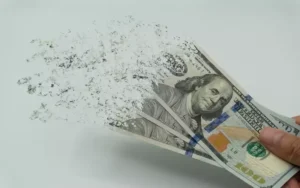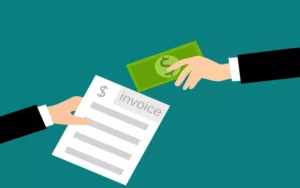What is an Issuer Identification Number (IIN)?
Payment card issuer identification number (IIN) identifies the bank or financial organization that issued the card and is responsible for it. These digits appear on credit, debit, and other payment cards globally. Issuer identification numbers are sometimes known as bank identity numbers (BINs).
Knowing Issuer IDs
Most credit card numbers are 15 or 16 digits, although some are 19. The issuer identification number is the first six or eight numbers.
The initial digit is a significant industry identification (MII) number. In ISO/IEC 7812, the ISO and IEC introduced these numerals.
MII numbers denote industries. For instance, 3, 4, 5, and 6 are for banking and finance, 1 and 2 are for airlines, seven are for oil, etc. Credit and debit cards start with 3, 4, 5, or 6, depending on their card processing network (Visa or Mastercard).
Visa cards start with a 4, Mastercards with a 2 or 5, Discover cards with a 6, and American Express cards with a 3.
The card’s issuing bank is the IIN’s last five or seven digits. Recently issued IINs had eight digits, while older ones had six. This adjustment accommodated the constantly expanding number of cards and cardholders. Chase, Capitol One, and Wells Fargo’s Visa cards start with a 4, but their IINs vary.
A set of digits unique to the cardholder follows the IIN. The Luhn Algorithm validates the card number, known as the “check digit” or “check sum,” with the last number to ensure online shopping accuracy.
The primary account number (PAN) is a string of digits that indicate the card network, financial institution, and cardholder.
Issuer Identification Numbers Matter
Issuer identification numbers and account numbers allow retailers and others to check a card’s validity and the user’s account balance virtually instantly.
Credit Card vs. Account Numbers
The number on your credit card and the bank’s account number may be different. Experian says, “If your card is lost or stolen, then you’ll receive a replacement card with new credit card numbers, but your account number will remain the same.” Your monthly credit card statement should contain your account number.
CVV codes: what are they?
A three- or four-digit CVV code, written on the front or back of credit and debit cards (depending on the issuer), is a validation code. It stands for card verification value and adds security. The idea is that a criminal who steals your card number may not have the card and cannot offer the CVV code.
Can a store print your credit card number on the receipt?
Merchants must “truncate” credit or debit card numbers on electronically printed receipts to the last five digits under FACTA, but not on handwritten or similar receipts. They cannot include your card’s expiration date. These policies try to prevent identity theft.
A virtual credit card number?
Virtual credit card numbers are independent yet connected to the same account. Online purchasing commonly uses virtual credit cards, often single-use cards, to protect your main card number from theft.
Authorized credit card users get their account numbers.
Authorized users on another’s credit card account might receive a card with their name, but the card issuer determines the number. Either way, the original account holder is accountable for any card bills the authorized user incurs.
The Verdict
Credit, debit, and other payment cards’ issuer identification numbers identify their financial institution and processing network. Except for the final digit, this is your credit card number.
Conclusion
- Issuer identification numbers (IIN) identify the financial institution that issued a credit or debit card and its card processing network (Visa or Mastercard).
- The card number begins with the IIN.
- After the IIN, the cardholder’s unique numbers and a “check digit” authenticate the card number.
- The card number may contain 19 digits; however, IINs are commonly six or eight.















































